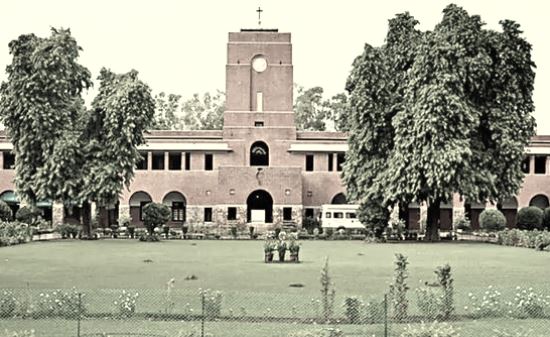In today’s digital age, online resources are a lifeline for education, and the School of Open Learning (SOL), University of Delhi, is no exception. Whether you’re attending virtual classes, accessing course materials, or participating in online exams, encountering technical issues can be frustrating. This guide will walk you through the process of troubleshooting and resolving common technical problems to ensure a seamless online learning experience at SOL.
Why Resolving Technical Issues Is Important at SOL
Technical issues can disrupt your online learning experience in several ways:
- Missed Learning Opportunities: Connection problems or software glitches may cause you to miss valuable information in virtual classes or lectures.
- Incomplete Assignments: Technical issues can lead to difficulties submitting assignments or completing assessments on time.
- Stress and Frustration: Dealing with technical problems can be stressful, affecting your overall well-being and academic performance.
- Wasted Time: Spending excessive time troubleshooting issues can take away from your productive study hours.
Step-by-Step Guide to Resolving Technical Issues
Follow these steps to troubleshoot and resolve technical issues when accessing online resources at SOL:
Step 1: Identify the Issue
Before taking any action, identify the specific problem you’re encountering. Is it a slow internet connection, login difficulties, or issues with a particular software or platform?
Step 2: Check Your Internet Connection
A stable internet connection is crucial for online learning. Ensure you have a reliable internet connection and that your device is connected properly. If you’re using Wi-Fi, consider restarting your router or switching to a wired connection for better stability.
Step 3: Clear Browser Cache and Cookies
If you’re experiencing problems with web-based resources, clearing your browser’s cache and cookies can often resolve issues related to slow loading or incorrect display of pages. Instructions for clearing cache vary by browser, so consult your browser’s documentation for guidance.
Step 4: Update Software and Browsers
Outdated software or browsers can lead to compatibility issues. Ensure your operating system, browsers, and any required plugins or applications are up to date.
Step 5: Disable Browser Extensions
Sometimes, browser extensions can interfere with online resources. Try disabling extensions one by one to identify if any are causing the problem. You can usually find this option in your browser’s settings.
Step 6: Contact Technical Support
If the issue persists, contact SOL’s technical support or helpdesk. They can provide specific guidance or solutions related to the online resources used at SOL.
Step 7: Document the Issue
When contacting technical support, be prepared to provide detailed information about the issue, including error messages, the time and date it occurred, and any troubleshooting steps you’ve already taken.
Step 8: Seek Peer Assistance
Consider reaching out to classmates or peers who may have experienced similar issues. They might have helpful insights or solutions based on their own experiences.
Frequently Asked Questions
What should I do if I can’t access my online class or lecture due to technical issues?
First, check your internet connection and try refreshing the page. If the problem persists, contact technical support or your instructor for assistance.
I’m experiencing slow internet during virtual classes. What can I do?
Try moving closer to your Wi-Fi router, closing unused applications, or using a wired connection for a more stable internet connection.
My device freezes during online exams. What should I do?
Restart your device and browser before the exam. If the issue continues, contact technical support immediately and document the problem.
Is technical support available outside regular business hours?
SOL’s technical support may have varying hours of operation. Check their contact information for availability or any emergency support options.

